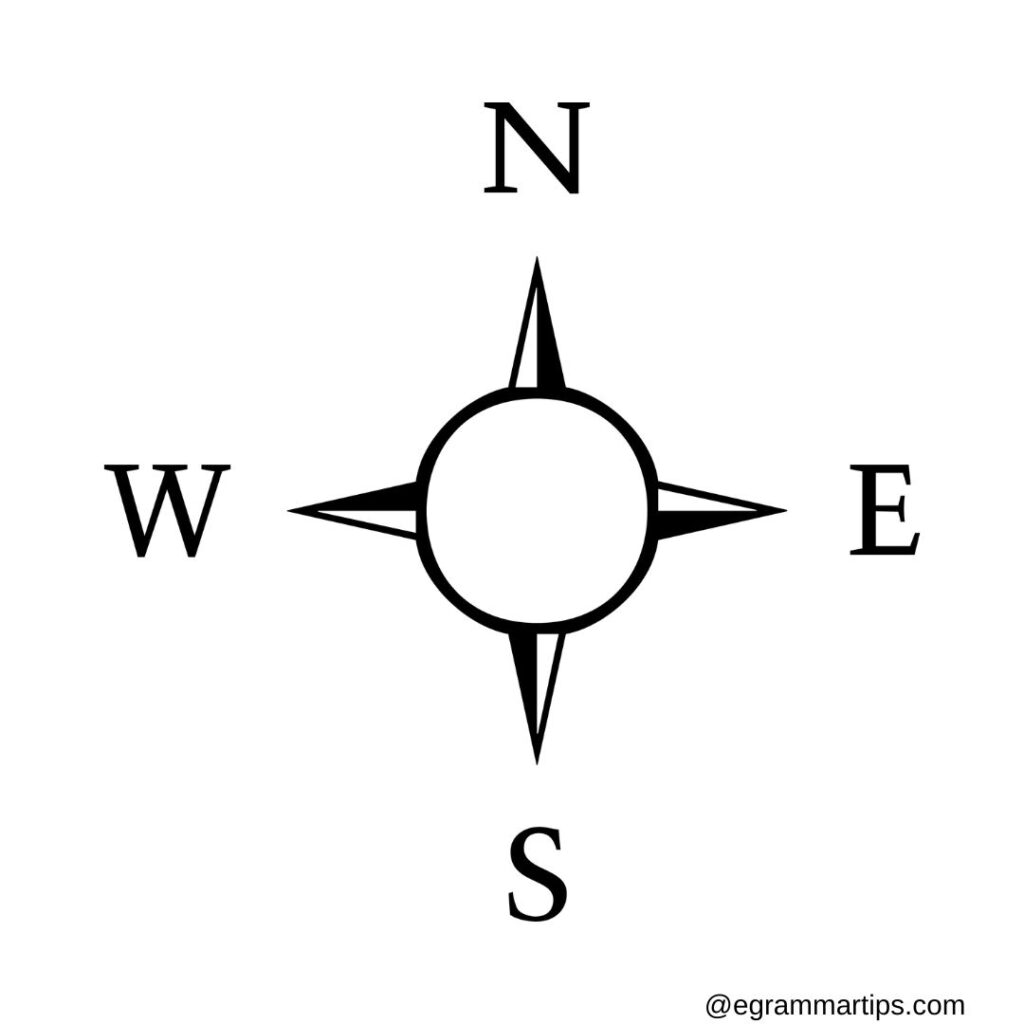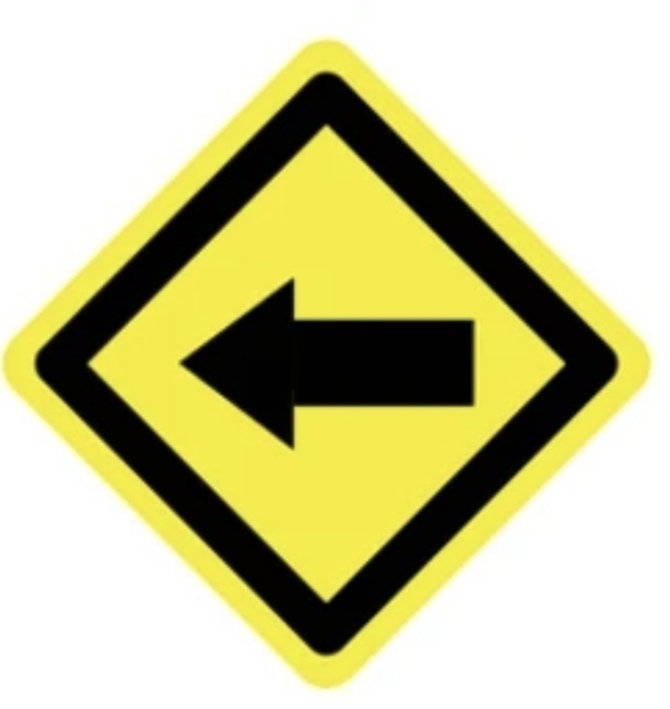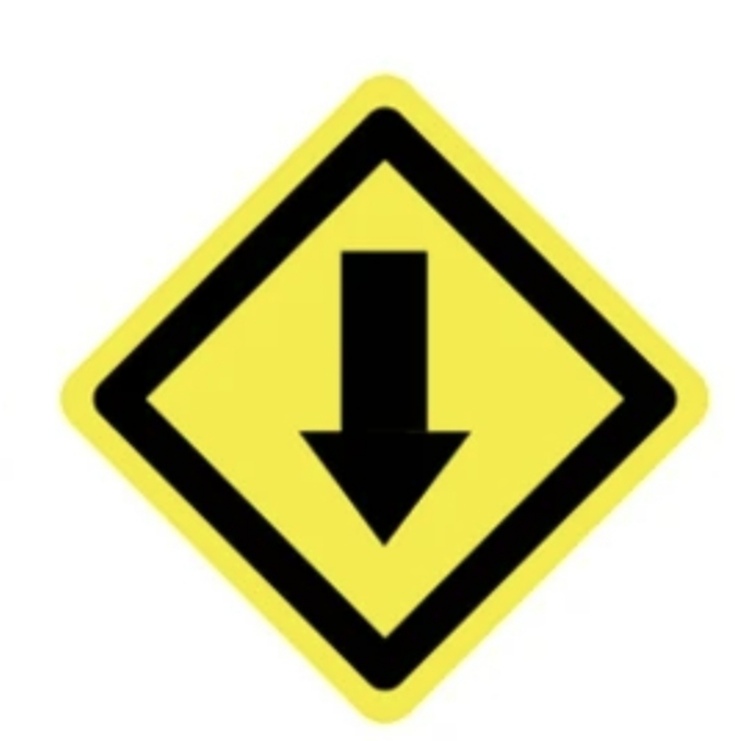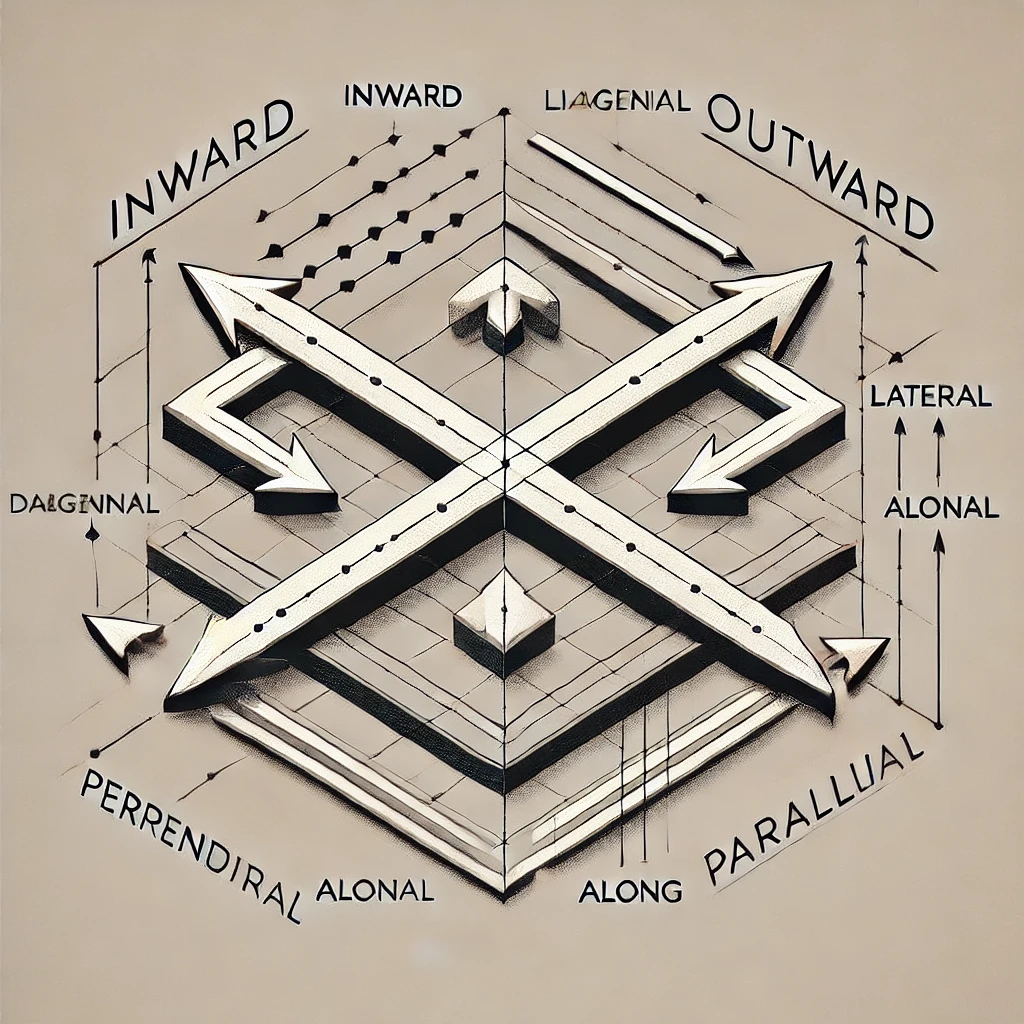
Introduction:Navigating the world around us requires a clear understanding of directions. Whether you’re following a map, giving someone directions, or describing the location of an object, the vocabulary of directions plays a crucial role. This guide delves into the essential terms and concepts used to describe directions, providing both basic and advanced vocabulary. By mastering these terms, you’ll enhance your ability to communicate spatial relationships, movements, and positions effectively in various contexts. Whether you’re a student, traveler, or professional, understanding these directional terms is key to accurate and clear communication.
Let’s dive deeper into the vocabulary of directions, providing context and examples for each term.
Basic Directions
•North: Refers to the top of most maps and is the direction towards the North Pole. It’s often used as a reference point for finding other directions.
° Example: “The wind is coming from the north.”
•South: The opposite of North, pointing towards the South Pole.
° Example: “If you head south, you’ll reach the coast.”
East: The direction where the sun rises. On maps, it’s typically on the right side.
° Example: “The town is located to the east of the river.”
•West: The direction where the sun sets. It’s usually on the left side of maps.
° Example: “The mountains are to the west of the city.”
•Northeast (NE): A diagonal direction between North and East, often used in navigation to specify an intermediate direction.
° Example: “The storm is moving towards the northeast.”
•Northwest (NW): The direction between North and West, also diagonal.
° Example: “They live in the northwest part of the country.”
•Southeast (SE): Positioned between South and East.
° Example: “The garden is in the southeast corner of the property.”
•Southwest (SW): Lies between South and West.
° Example: “We’re heading southwest to reach the desert.”

Relative Directions
•Left: The direction on your left side when you are facing forward.
° Example: “Take a left turn at the intersection.”

•Right: The direction on your right side when facing forward.
Example: “The shop is on the right side of the street.”

Up: Moving towards a higher position or level.
Example: “The balloon floated up into the sky.”

Down: Moving towards a lower position or level.
Example: “The elevator is going down to the basement.”

Forward: Moving in the direction you are facing or towards a destination.
Example: “Walk forward until you reach the park.”

Backward: Moving in the direction opposite to the one you are facing.
Example: “Step backward to avoid the puddle.”

Clockwise: Moving in a circular direction like the hands of a clock.
Example: “Turn the dial clockwise to increase the volume.”

Counterclockwise (Anti-clockwise): Moving in a circular direction opposite to the hands of a clock
.Example: “Rotate the knob counterclockwise to open the valve.”

Advanced Directions
•Inward: Moving towards the center or inside of something.
Example: “The troops marched inward towards the city center.”
•Outward: Moving away from the center or inside of something.
Example: “The ripples moved outward from the point where the stone hit the water.”
•Diagonal: A direction that is slanted, not aligning with the usual horizontal or vertical lines, often at an angle of 45 degrees.
Example: “Move diagonally across the field to reach the opposite corner faster.”
•Lateral: Moving sideways, often in a direction that is parallel to the ground.
Example: “The crab moved laterally along the shore.”
•Perpendicular: At a 90-degree angle to a given line or direction.
Example: “The road crosses the railway track perpendicularly.”
•Parallel: Moving or lying in the same direction as another line or object, never converging.
Example: “The two streets run parallel to each other.”
•Across: Moving from one side of something to the other.
Example: “She walked across the bridge to the other side of the river.”
•Along: Moving in the same direction as a line or path.
Example: “He walked along the beach, following the shoreline.”
•Opposite: Directly across from something, facing it.advanced directions
Example: “The library is opposite the park.”

Locational Directions

•Above: Higher in position than something else.
Example: “The attic is above the living room.”
•Below: Lower in position than something else.
Example: “The basement is below the ground level.”
•Adjacent: Next to or adjoining something else.
Example: “The post office is adjacent to the supermarket.”
•Between: In the space separating two points, objects, or places.
Example: “The town lies between two mountains.”
•Beyond: Further than a certain point or boundary.
Example: “The village is beyond the hills.”
•Inside: Within the limits or boundaries of something.
Example: “They stayed inside the house during the storm.”
•Outside: Beyond or external to the limits or boundaries of something.
Example: “The children played outside in the garden.”
•Next to: Immediately beside or adjacent to.
Example: “The car is parked next to the garage.”
•Near: Close to or not far from something.
Example: “The restaurant is near the station.”
•Far: At a considerable distance from something.
Example: “The destination is far from here.”
These terms are essential for understanding and describing spatial relationships, movements, and orientations in various contexts such as navigation, geography, daily communication, and more.